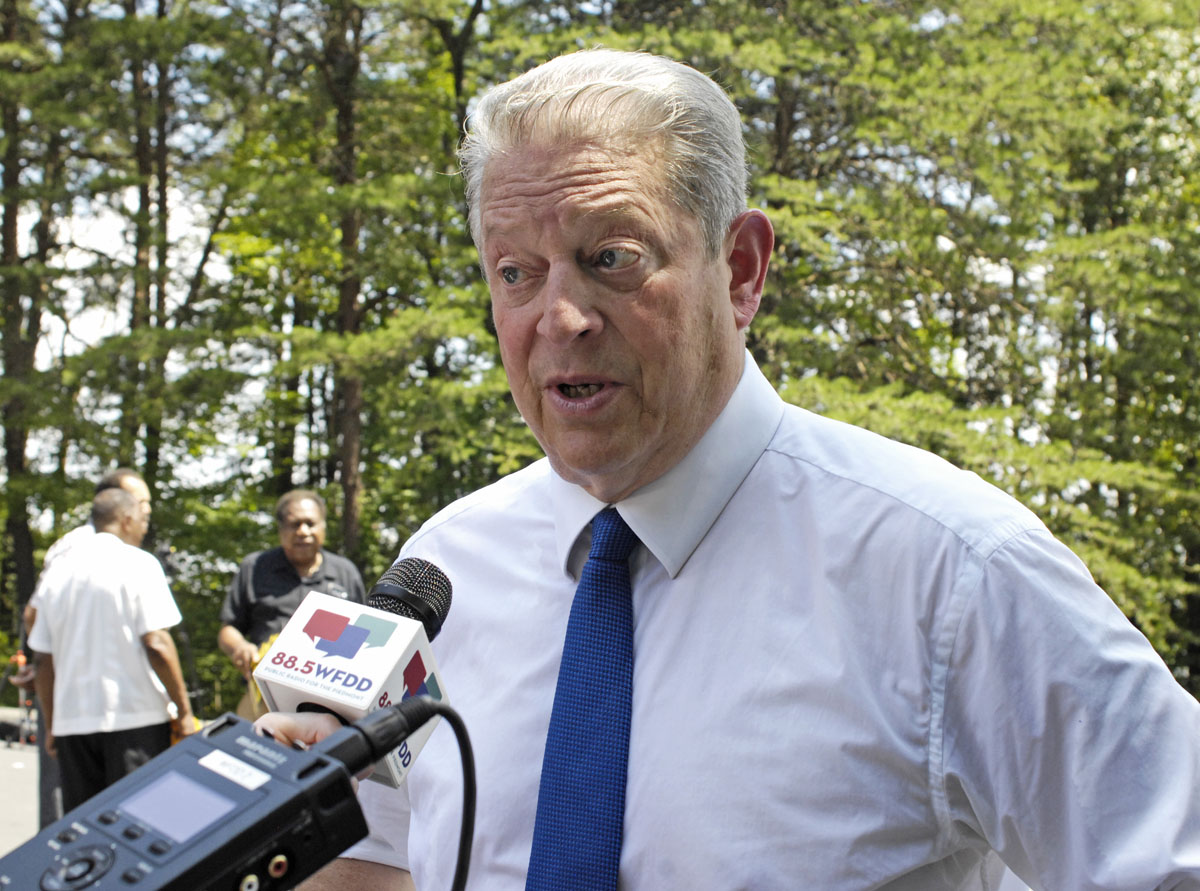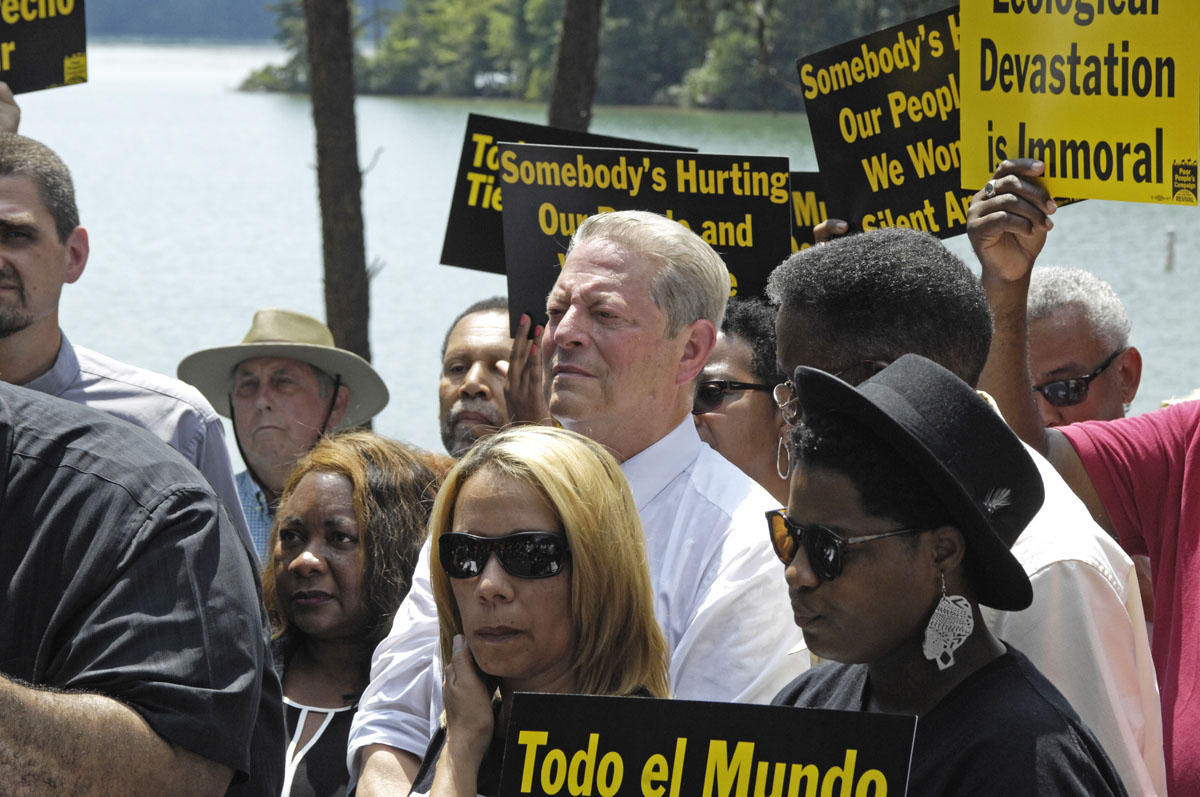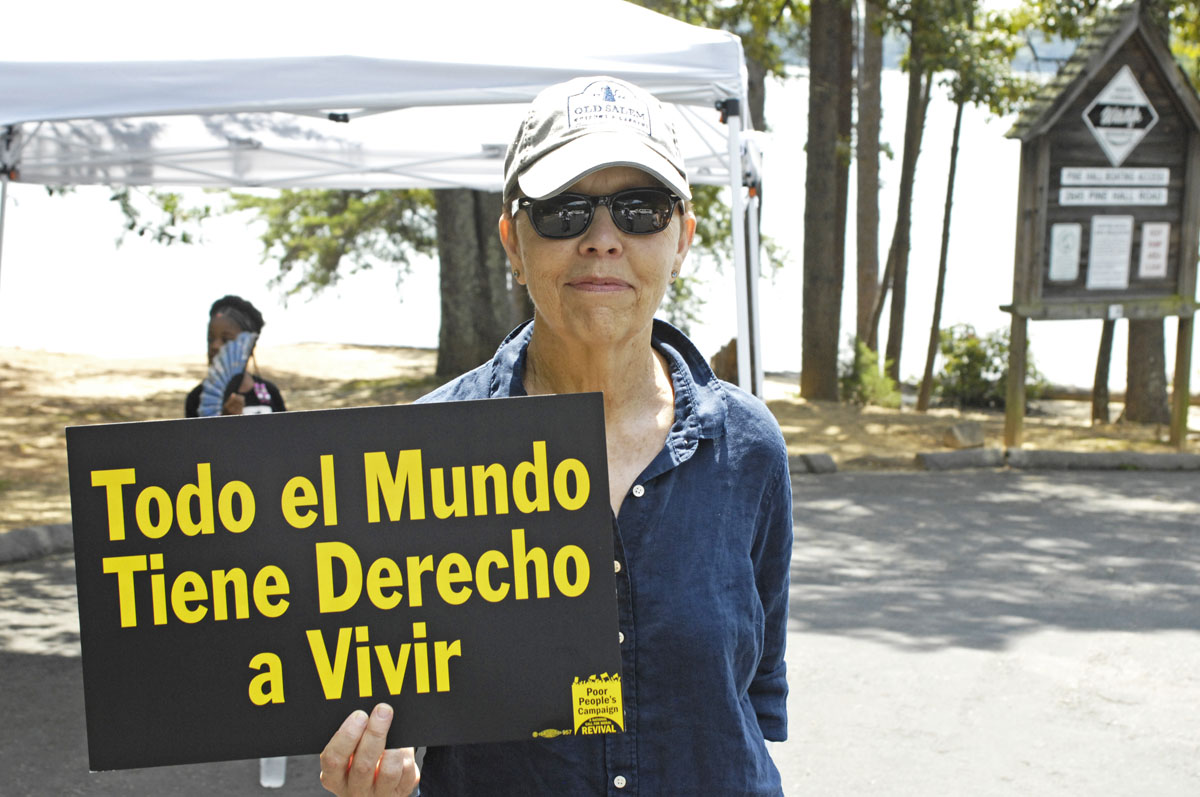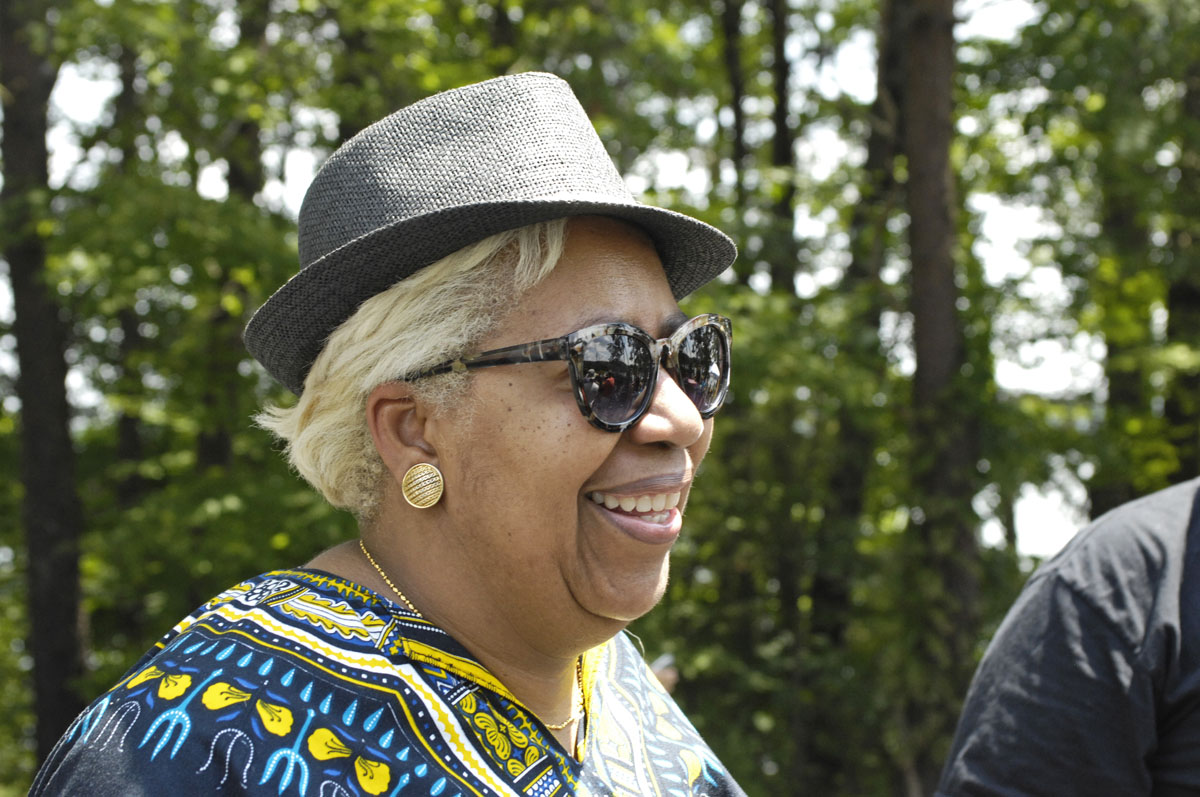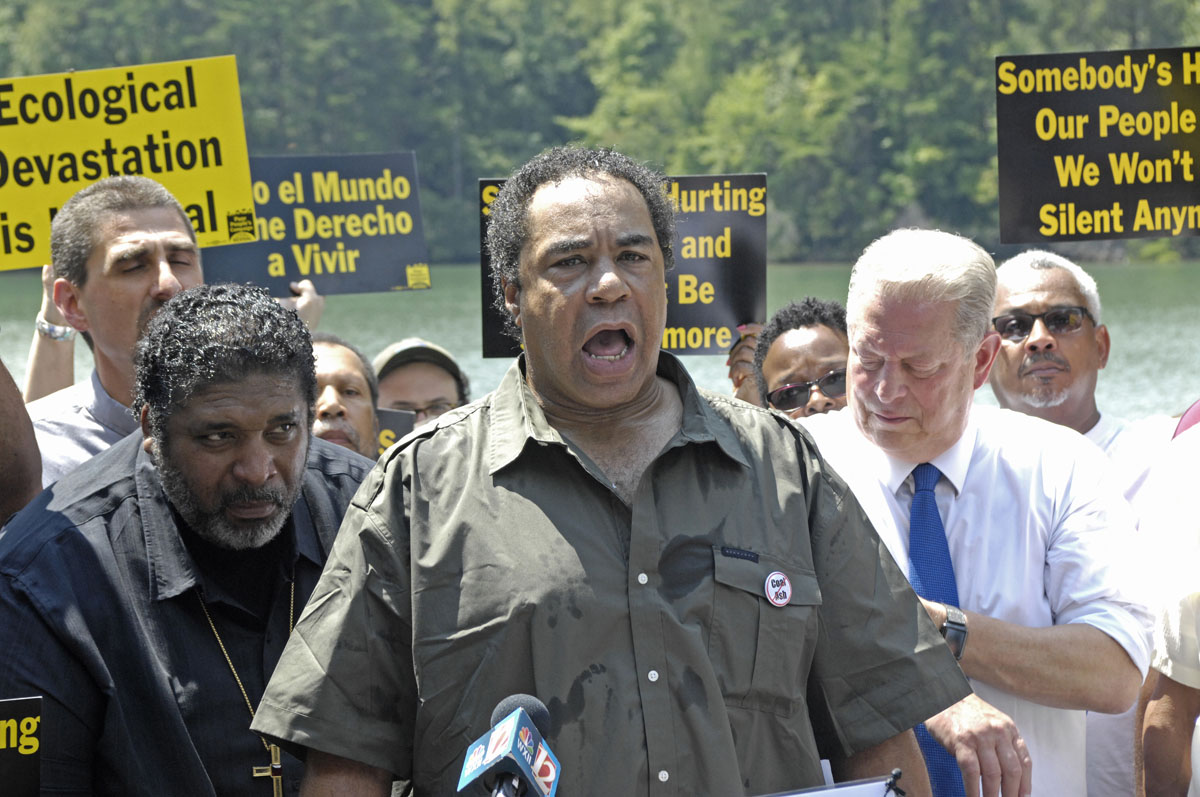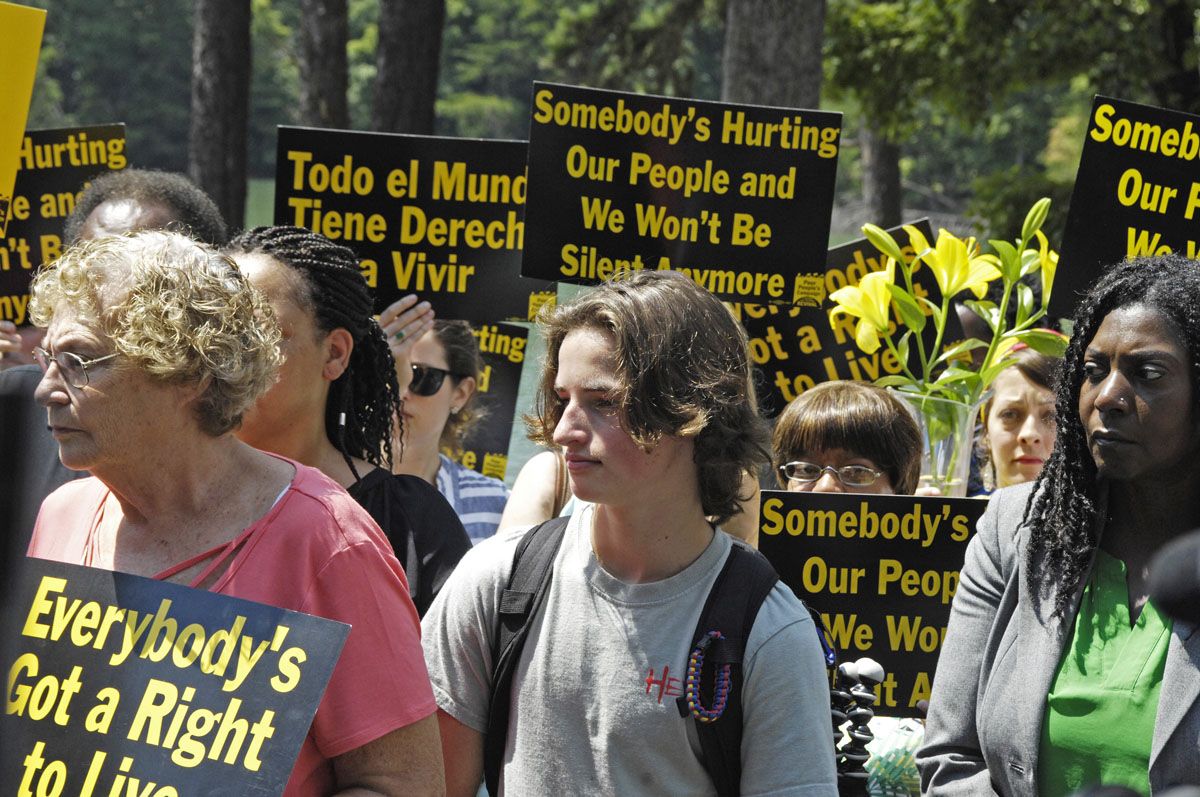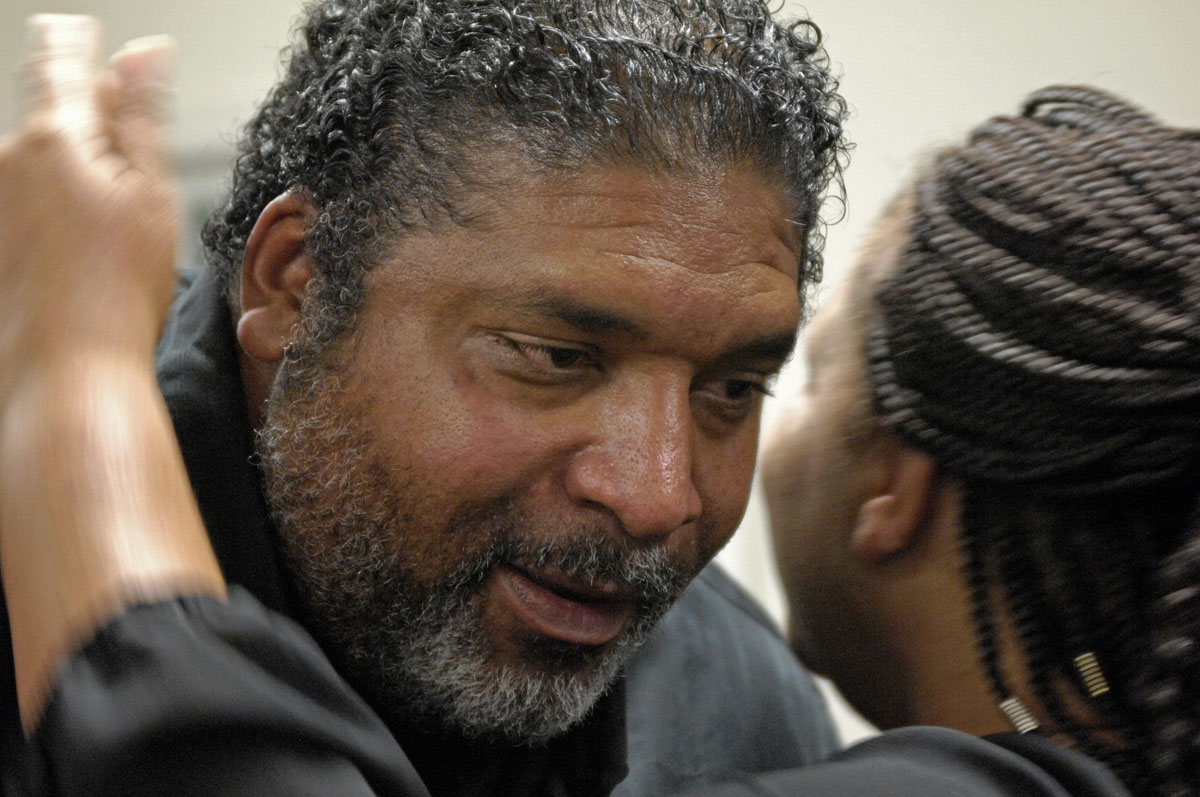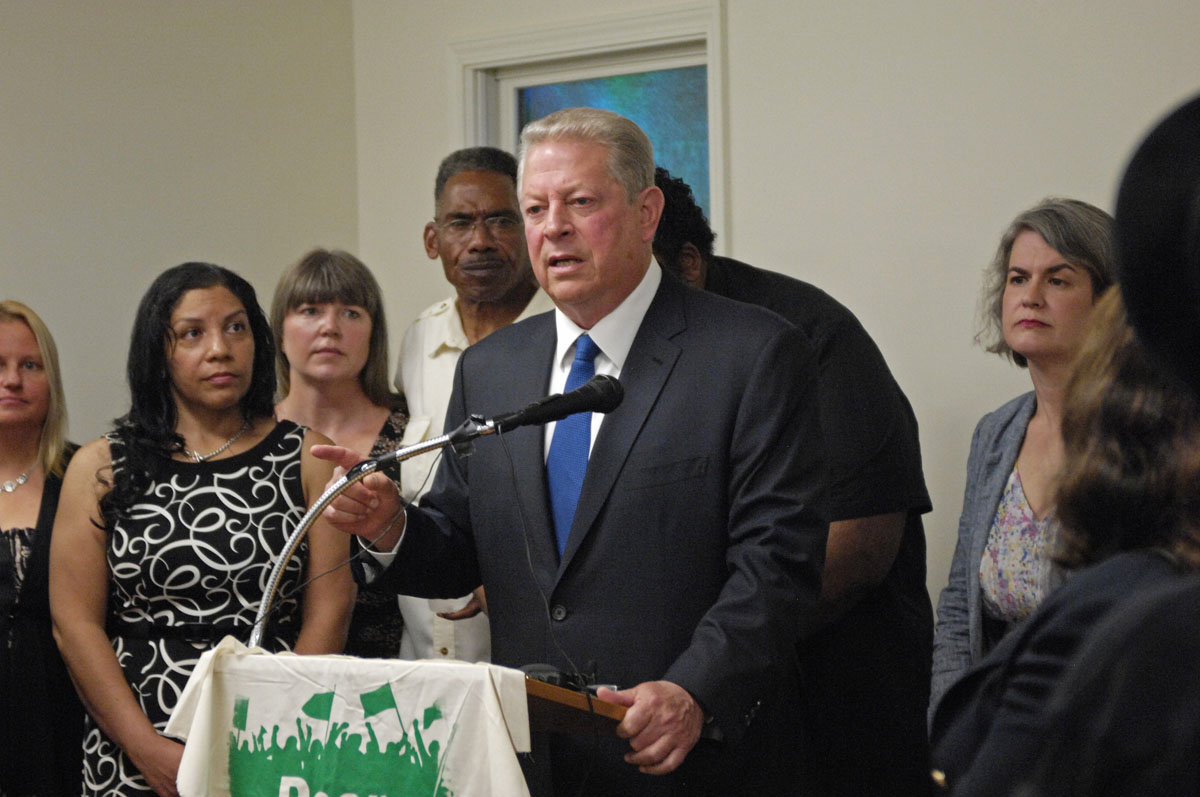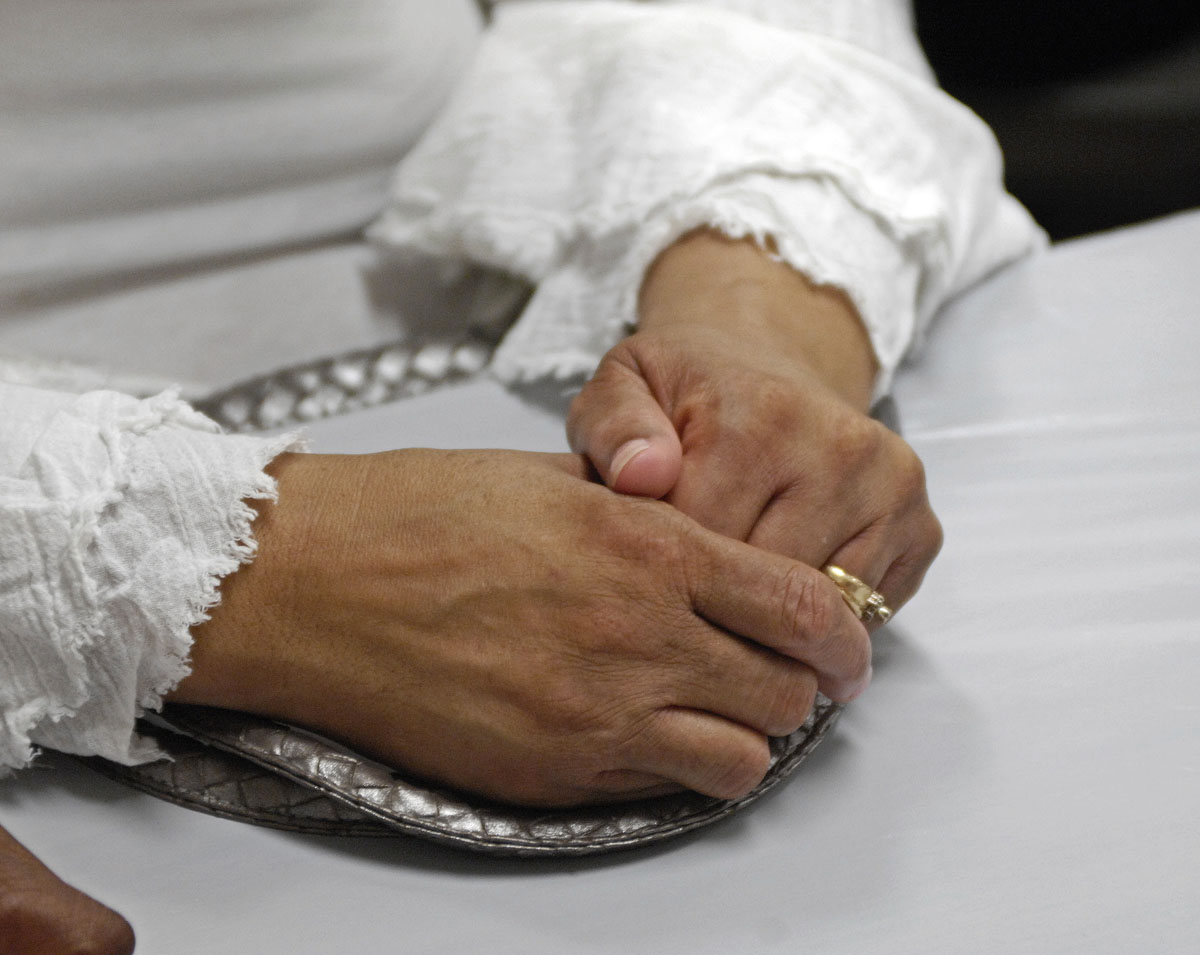This is a rather long photo essay. I hope you’ll bear with me.
People sometimes ask me why I choose to live in a rural and seemingly backward place like Stokes County, North Carolina, after 18 years in an urbane place like San Francisco. Stokes is a poor county in the foothills of the Blue Ridge Mountains. It’s mostly white, and it’s mostly Republican. But it’s also a beautiful, green, un-suburbanized place with mountains, a river, and forests that — as far as I can tell — reach all the way up the Appalachian chain to Quebec. It is an unspoiled — and also very livable — piece of rural America. I love rural America and refuse to cede rural America to Trump deplorables, because rural America can be better than that.
I also learned pretty quickly that I am needed here. The progressive people in this county are greatly outnumbered. But we are fierce, and we stand up for ourselves. We have become so effectively organized that we caught the attention a few years ago of progressive forces outside our little county. That’s why Al Gore and the Rev. William Barber were here today. For the Rev. Barber, it was his second time in Stokes County.
Many of the readers of this blog are in Europe, so you may need to be reminded that Al Gore was vice president of the United States from 1993 until 2001, with President Bill Clinton. Gore ran for president in 2000 and won the popular vote nationwide by half a million votes. But because of peculiarities in the American constitutional system and a disputed vote count in the state of Florida, the U.S. Supreme Court gave the presidency to George W. Bush. Gore, a true statesman, said in his concession speech, “[F]or the sake of our unity as a people and the strength of our democracy, I offer my concession.” Since then, Gore has made environmental activism an important part of his life.
Readers in Europe, and some American readers as well, may need to be reminded that the Rev. William J. Barber II has been president of North Carolina’s NAACP since 2006. He is a theologian with degrees from Duke University and Drew University. I consider him the Martin Luther King Jr. of our day. With his “Moral Monday” resistance tactics in North Carolina, he has become a thorn in the flesh of the right-wing and utterly despicable North Carolina legislature. If rich people want it, the North Carolina legislature is for it. The rest of us don’t matter, except insofar as we can be made to pay for the things that rich people want, such as tax cuts.
The environmental justice issue here in Stokes County is a huge coal ash impoundment at a coal-fired electricity-generating plant operated by Duke Energy. The pollution of ground water, and the air, near this plant have sickened many people and caused many premature deaths. Most of those people are poor and black. They still are fighting for clean water. But they have gotten organized. (There is little need to worry about the residents of the abbey. Luckily we are some miles from this problem, and we are both upstream and upwind. But we care about our neighbors downstream and downwind.)
But this is a photo essay, not a political post.
Photojournalism is in my DNA. So I am very mindful of how photographs can be used to tell a story. I love taking photographs of people, so public events are a great excuse for pointing my camera at people’s faces and getting away with it. I shot 932 photos today, but I selected those that I thought told the story best, those that represent the main characters, and, hopefully, those that contain a bit of emotion.
This is my county. And I love it.

Karenna Gore (daughter of Al Gore) with one of our local activists

A local activist (and excellent fundraiser)
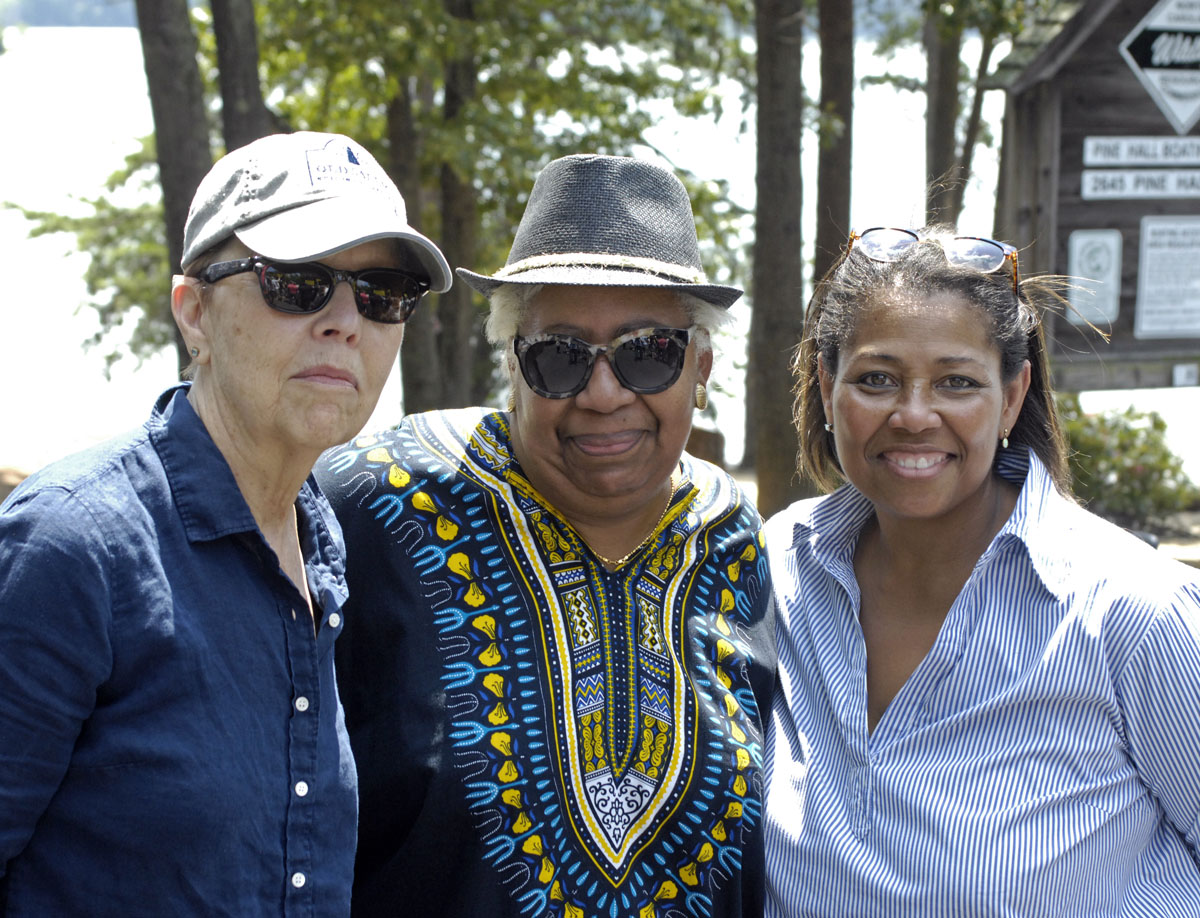
Local activists (and good friends)
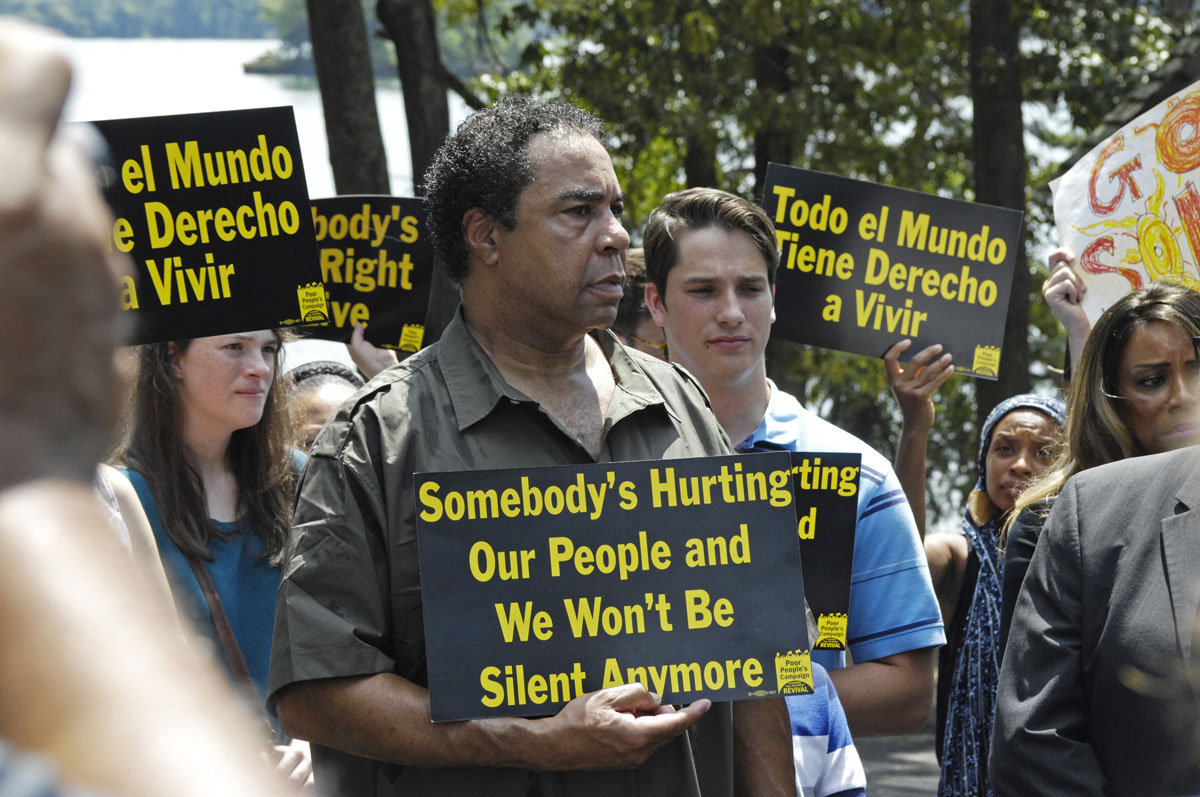
A local activist and, I hope, a future candidate for political office
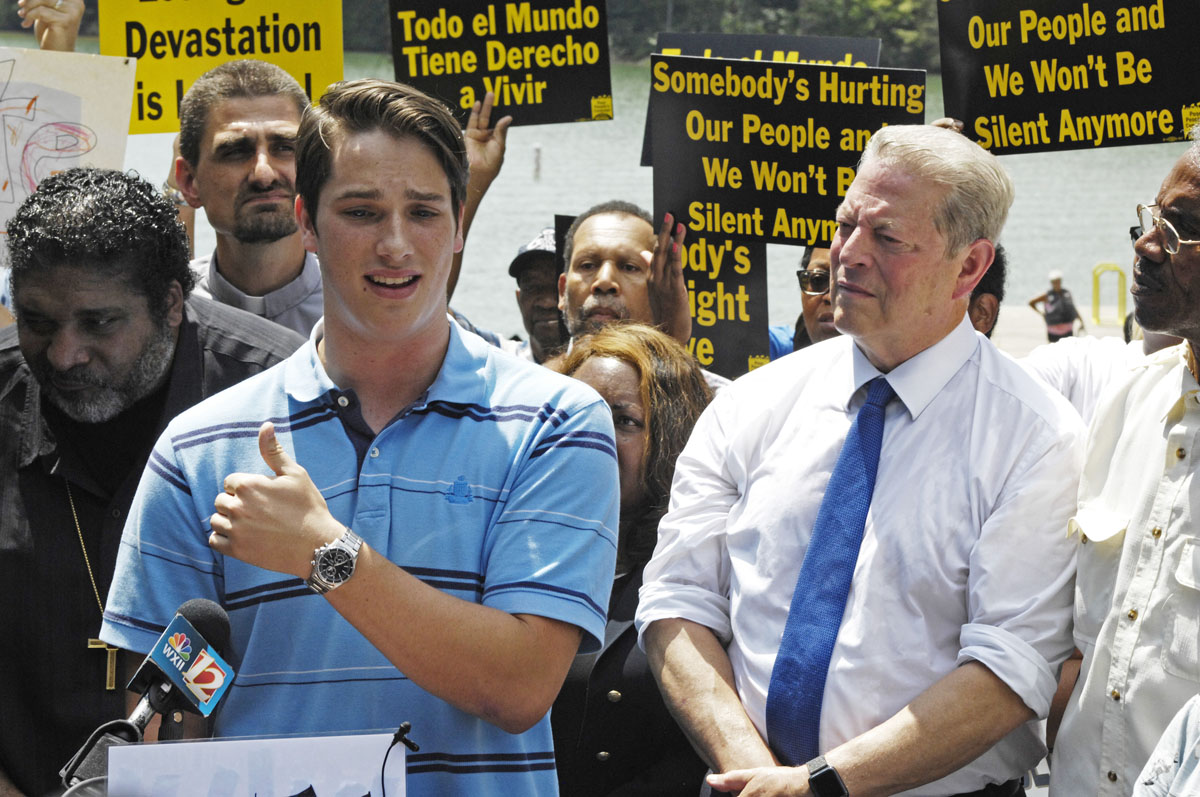
A local activist (and son of a local activist) and Al Gore
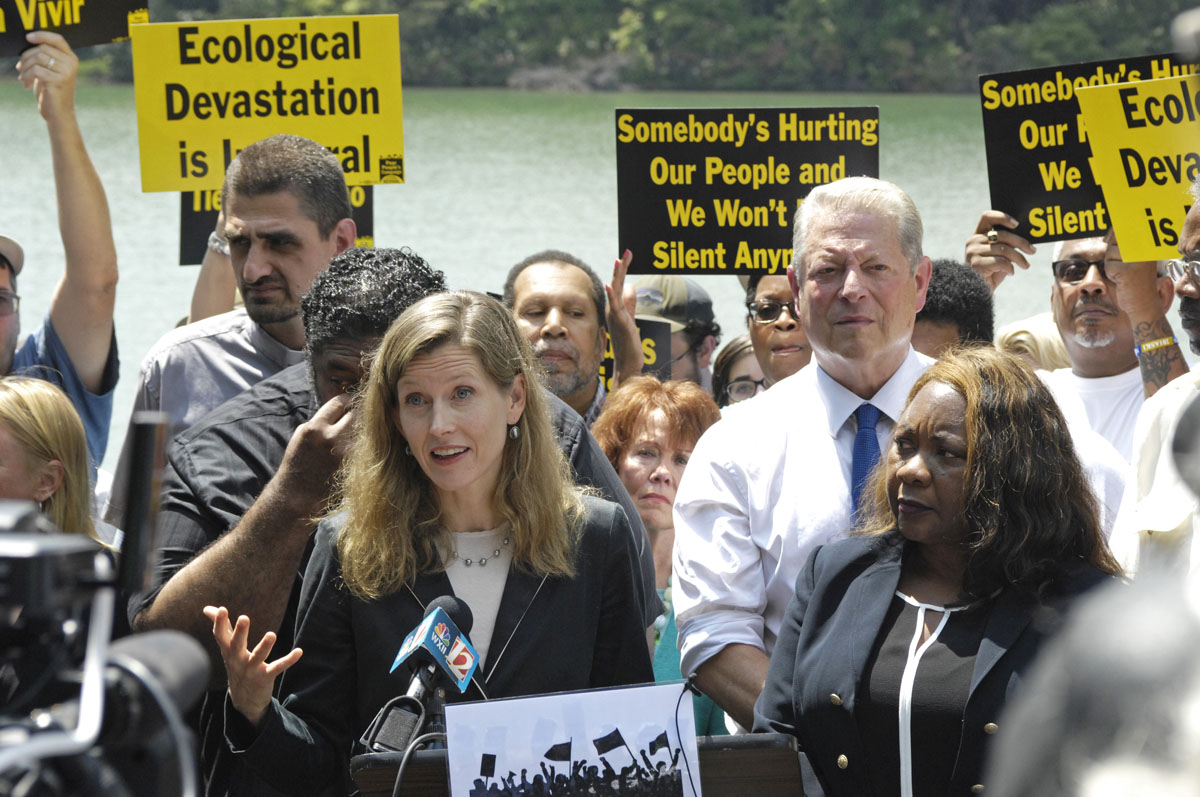
Karenna Gore, daughter of Al Gore

Stacks of the Belews Creek Steam Plant. The lake is primarily for cooling the steam plant’s water.

